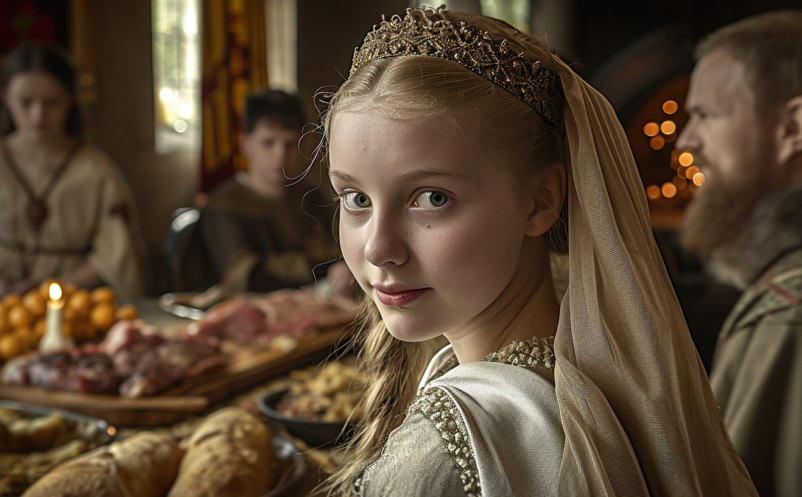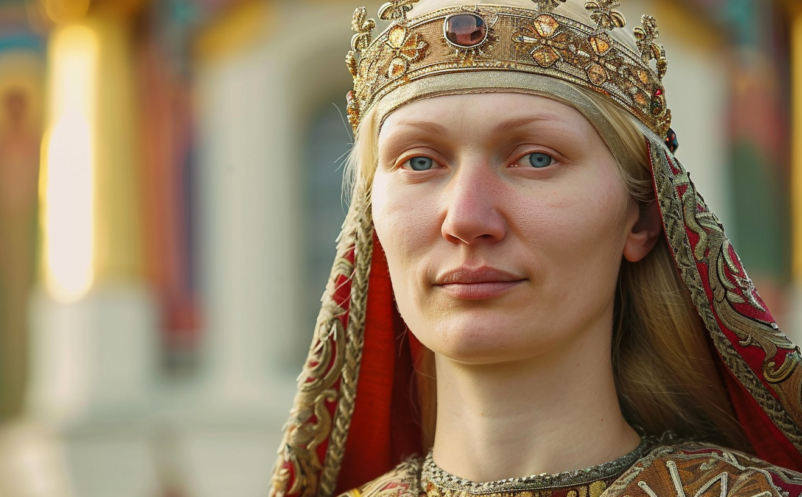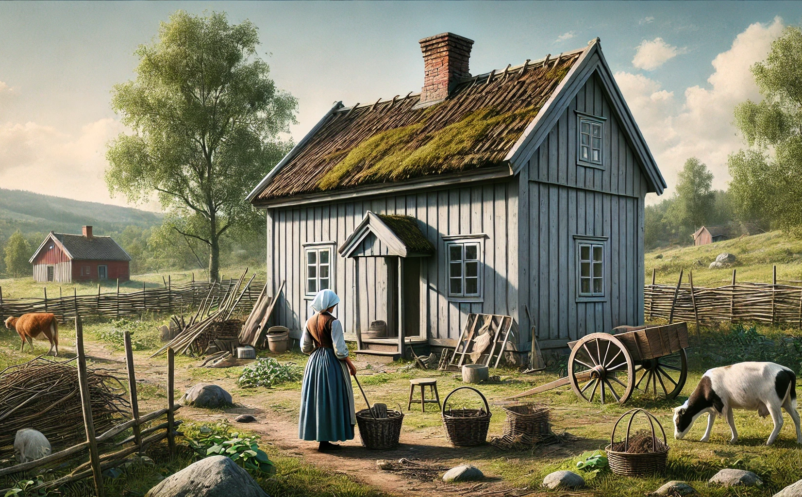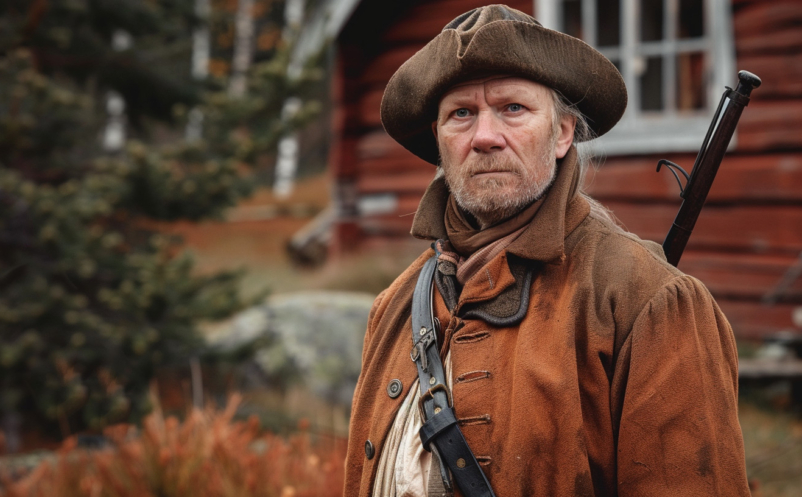Ingeborg Håkonsdatter (or Ingebjørg) was a Norwegian princess, born in 1301. She was the only child of king Håkon V (Magnusson) and queen Eufemia of Rügen. She would play a vital role in Nordic history…


Ingeborg Håkonsdatter (or Ingebjørg) was a Norwegian princess, born in 1301. She was the only child of king Håkon V (Magnusson) and queen Eufemia of Rügen. She would play a vital role in Nordic history…

In the first part of Ingegerd Olofsdotter’s story, we learned about her life as a Swedish princess, and her broken betrothal to the Norwegian king, Olav. We left the story with Ingegerd’s departure from Sweden,…

This theme is about forgotten royal women, and the first is Ingegerd Olofsdotter, princess and later – saint. But to understand her story, it needs to be put it in a bigger perspective. Therefore, let’s…

History is full of men. Especially kings and warriors. In history books we can read about wars and battles, the forging and disintegration of empires. Women occasionally glimpse past in these great stories, in the…

Throughout history, many women have participated in combat disguised as men. Research from England and the Netherlands shows that there were hundreds of such cases in the army between the 1500s and 1800s, and there…

In this theme of Women and War, we explore the lives of women during war. In previous posts we have explored life on campaign, and life as prisoner of war. Let’s turn to the women…

In a previous post, we focused on life on campaign for women. Now, we’ll take a look at how that life changed over the centuries. In a Scandinavian context, military campaigns prior to the 17th…

One risk women who took part in military campaigns took, was being taken prisoner of war. This is the story of Lovisa von Burghausen, who was exposed to just that. Lovisa was born in 1698…

In this series of Women and War, it is time to tell the tale of the ordinary women who followed the armies on campaign. When we read about historical military campaigns, they exclusively focus on…

The last peasant revolt in this theme took place in Norway (then part of Denmark) between 1786 – 1787, and has been named after it’s leader, Christian Lofthuus. At this time, discontent simmered among the…